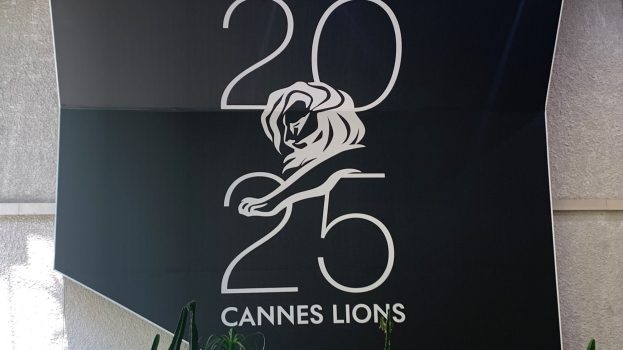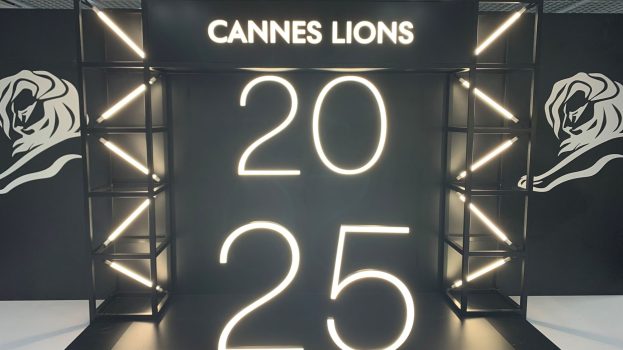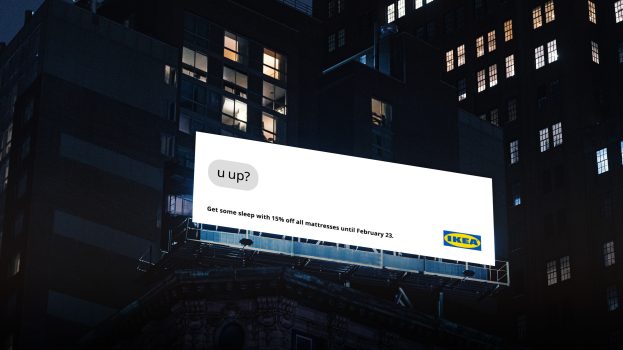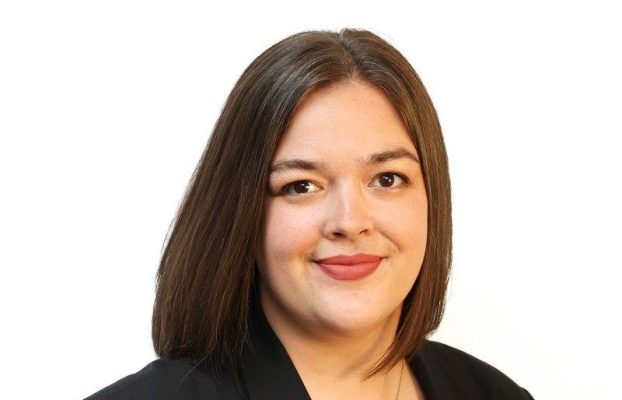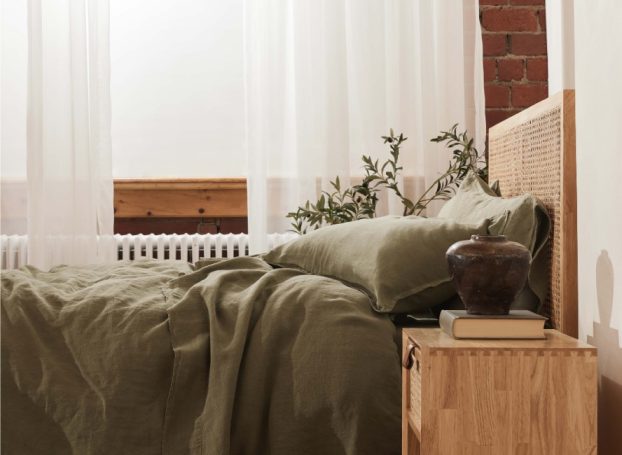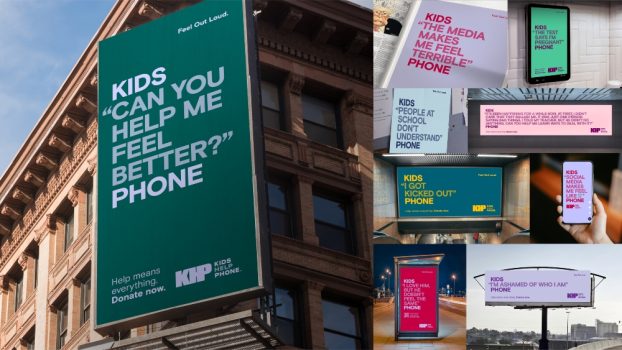Don’t write off the Bay quite yet. Patrick Dickinson is just getting started.
The GM, marketing at Hbc joined the company just over a year ago, and he’s already more than made his mark. From overhauling the Bay’s merchandising strategy to repositioning Zellers as a low-priced design and innovation destination, Dickinson has quickly begun to implement his visions for the two brands he’s responsible for.
His efforts are paying off, too. Hbc cracked the Top 10 in Leger/ Marketing’s corporate reputation survey for the first time ever this year, and sales of the Bay’s new private label apparel brand, Baia, have been strong enough to start rolling it out beyond the initial eight locations it launched in earlier this year.
‘What he’s been able to do is nothing short of miraculous,’ says Arthur Fleischmann, president of Toronto-based John St., the Bay’s new AOR. He marvels at how Dickinson has been able to flip the 150-year-old retailer’s
age-old strategy – to fill the store with merchandise and have marketing sell what’s there – on its head, instead focusing on a central idea and building the marketing, merchandising and communications strategy from there.
For example, this past spring the Bay launched its Garden Party event, which sold an array of products, from patio furniture to dresses and margarita shakers, around the theme. ‘This is a new way of going to market for the Bay. It’s idea-centric as opposed to merchandise-centric,’ says Fleischmann.
The Garden Party promotion was a success, and Dickinson is leveraging that win to launch another themed promotion this fall called Boom. It centres on the idea of protest, revolution and style, and entails guerrilla stunts like last month’s ‘protest’ at Toronto’s Union Station, featuring models and actors ‘fighting for their right to look fabulous.’
‘The thing the Bay can do is offer a total lifestyle solution,’ says Dickinson. ‘It’s really about how we merchandise ourselves.’
Dickinson wasn’t a stranger to Hbc before joining it last year. In 2001, he crafted a new strategic blueprint for Zellers while pitching for the business at Riddochdickinson, an agency he co-founded with creative director Brad Riddoch. In 2002, he founded his own consultancy, Storefront Marketing Solutions, to which Hbc followed him. Other clients included mortgage broker HomeTrust and Bell Canada. In 2006 Hbc approached Dickinson to take on the position of GM, marketing, with the freedom to shake things up.
‘I realized the position was going to be incredibly influential,’ recalls Dickinson. ‘I thought, ‘If I don’t take it, someone else will do a great job and I’ll be jealous. Or, someone else will do a lousy job, and it will be a wasted opportunity.”
Dickinson envisions the Bay as Canada’s flagship retail destination, offering high-quality lifestyle solutions plus an enjoyable shopping experience for the 35-50-year-old urban, stylish women. ‘It’s about being surprising. It’s about being engaging – there is always going to be that sense of discovery,’ he says.
The themed areas within the stores promoting initiatives like Garden Party and Boom are one way to keep the retail experience fresh. Another is the introduction of private label brands like Baia to give shoppers a reason to visit the stores. The stylish fashion brand is moderately priced, and aims to appeal to busy women who don’t want to lose their sense of style as they get older.
Meanwhile, Dickinson is also focused on repositioning Zellers to help it survive against competitors like Wal-Mart, Canadian Tire and even Loblaw. Hbc has revamped the Zellers brand to make it more like Target, the cheap and chic U.S. discount chain that has had some success competing with Wal-Mart.
‘What’s going to really differentiate us is innovation,’ he says. ‘We want to be design leaders.’ He points to this summer’s ‘cheap and cheerful’ good-looking patio plastics promotion as an example of how Zellers is using design and seasonal innovation to attract shoppers.
This back-to-school season also emphasizes innovation with pieces such as backpacks featuring built-in MP3 players. Zellers will also focus on keeping its private label fashion brands like Request stylish and trendy.
Both Fleischmann and David Moore, president/CEO of Toronto-based Leo Burnett, Zellers’ AOR, are struck by how quickly Dickinson’s impact has been felt. ‘I think what he’s brought to Hbc is a better articulation of the banner’s vision, and a consistency at the store level that matches the brand promise,’ says Moore. ‘His biggest strength is his ability to get all stakeholders behind a vision. He’s not a theorist; he makes the vision achievable.’
Debbie Edwards, Hbc’s SVP, marketing, agrees. ‘He’s able to paint a picture that makes everyone go ‘Wow,” she says. ‘He’s been able to bring a bucket full of ideas to the company, and has really energized the marketing team.’
With a little over a year under his belt, Dickinson has just begun. All eyes will be on Hbc to see if the department store model can be revived and made relevant, or if it’s beyond saving in the current specialty retail landscape.
It’s a crucial time for the company: impatient new American owner Jerry Zucker recently replaced president Michael Rousseau with his own business associate Robert Johnson, formerly a VP at Zucker’s South Carolina-based InterTech group. But for his part, Dickinson is optimistic: ‘Where Hbc is right now is at the cusp of a regeneration.’

